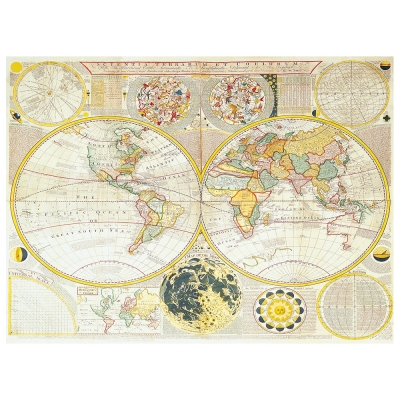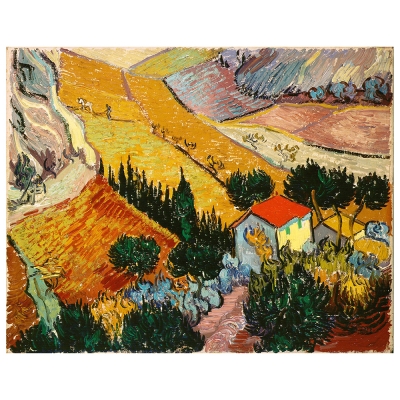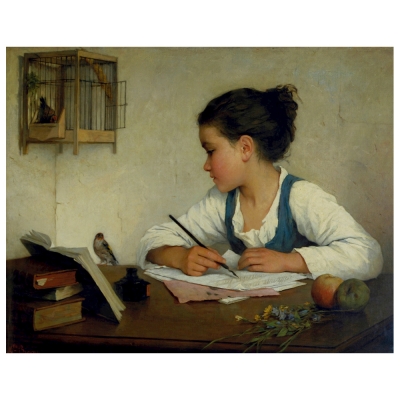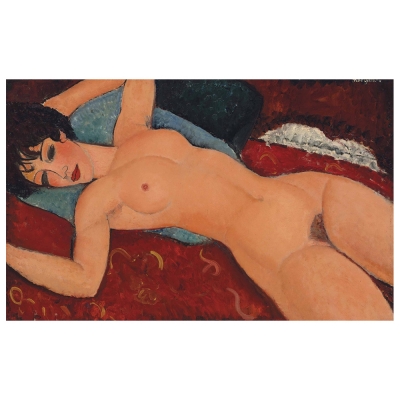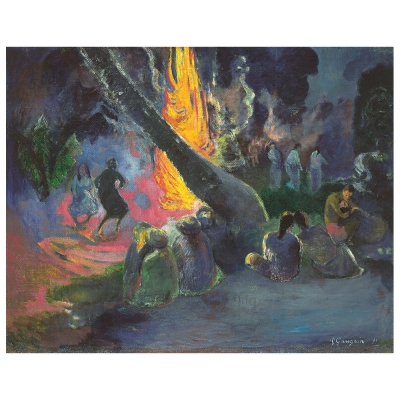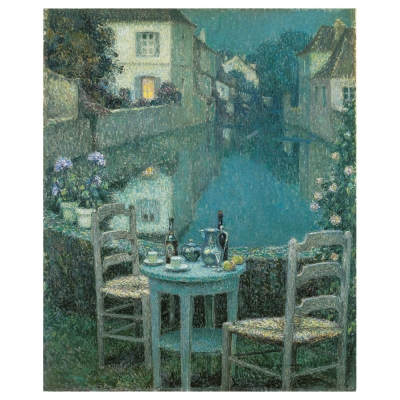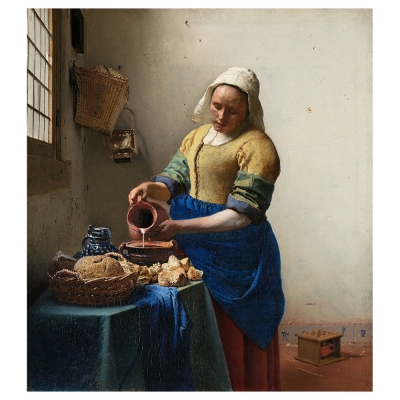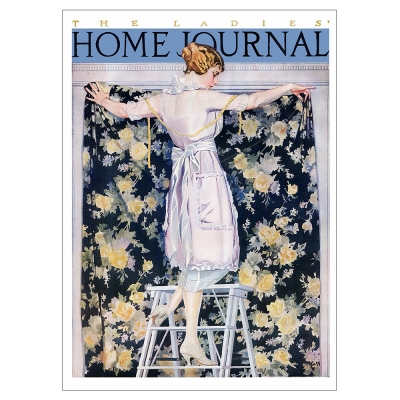The synaesthesia of Kandinsky

02/11/2020
Synaesthesia is the rare ability of an individual to perceive sensory stimuli as impulses capable of stimulating a sense different from the initial one. For example, we speak of synaesthesia when we can perceive the smell of words, the sound of colours, the colours of sounds, the taste of shapes, etc.
According to scientists, only one person in 2000 may has this ability and Kandinsky seems to be among the artists endowed with this characteristic, as he was a Russian painter able to "see music".
A pioneer of Abstractionism, Kandinsky was not only passionate about painting, but also a music lover. There are many theories that revolve around his synaesthesia: for some it was a real sensory alteration, for others he was just a person with an innate aesthetic talent, etc.
If Kandinsky was really able to see the colours of sounds, you will never know, but one thing is certain: he had the ability to represent harmony and emotions on canvas in an incredible way and in some cases even quickly. It is said that his work entitled "Composition VII", a canvas 3 metres long and 2 metres high, was made in just three days.
Another priceless work by Kandinsky was also made thanks to his ability to see colours in music. That is Impression III (Concert) made in 1911. This masterpiece was created after the artist participated in a concert by the composer Arnold Schönberg. On this occasion the Russian painter was so enraptured by the energy and harmony of the sounds that he decided to convey his impressions on canvas. This was the beginning of the painter's avant-garde phase, his style changed, he reached maturity: in his works, the forms began ignoring reality, the objects did not have the original forms but took on an abstract aspect.
Conceptual shapes and bright colours are the main elements of this work behind which you can see a large piano and the audience present at the concert. As you can see, even the title of the painting brings us back to music and this will be just one of the many paintings that will have titles reminiscent of the world of music from now on, an aspect that shows us the great dependence of the artist on music.
Precisely it was a part called "Three Piano Pieces, Opera 11" that struck the artist the most during the Munich concert, a restless, nervous work in which the notes seemed to fight with each other, forming dissonances.
At the same time, the foundation Der Blaue Reiter (The Blue Rider) was born, a group composed of numerous artists including Kandinsky, Paul Klee, August Macke, Franz Marc and others.
Innovative, sensitive and with a great aesthetic taste, Kandinsky created many paintings inspired by music. Unfortunately, some of his works were targeted by the Nazi regime which saw modern art as "wicked art" and tried everything to destroy these works. The persecutions lasted for years during that period and during a fire numerous works by Kandinsky and many other artists, such as Dali, Klee, Picasso, etc., were destroyed.
Article by: Aurora Caraman.

